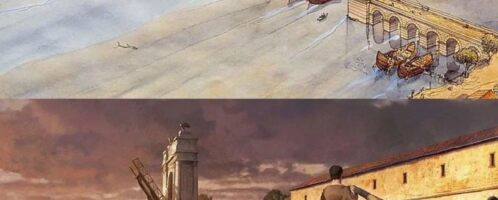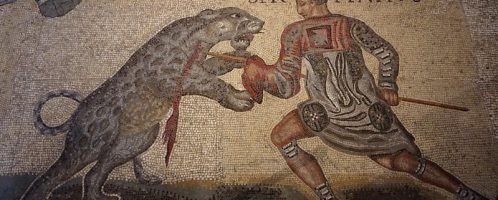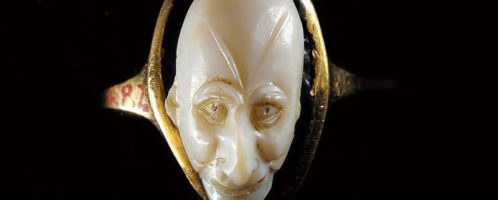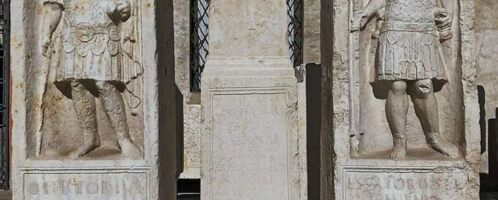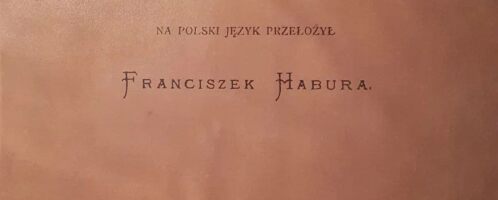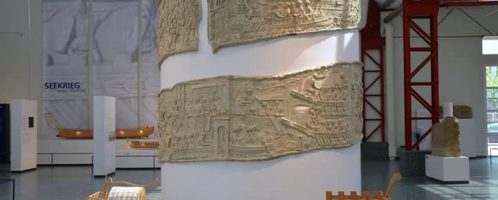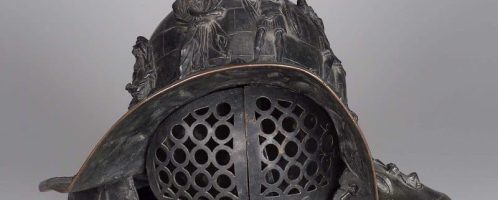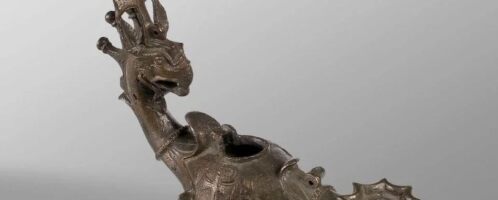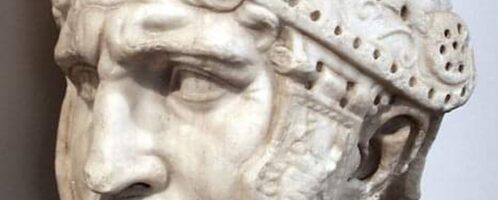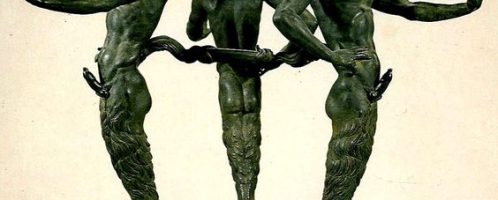Reconstruction of bridge in Arelate
Visualization of a drawbridge built by the ancient Romans in the 1st century BCE in Arelate (currently Arles, France). The bridge was over the Rhone and was largely made up of boats side by side. The bridge was part of an important route connecting Italy with Spain.

